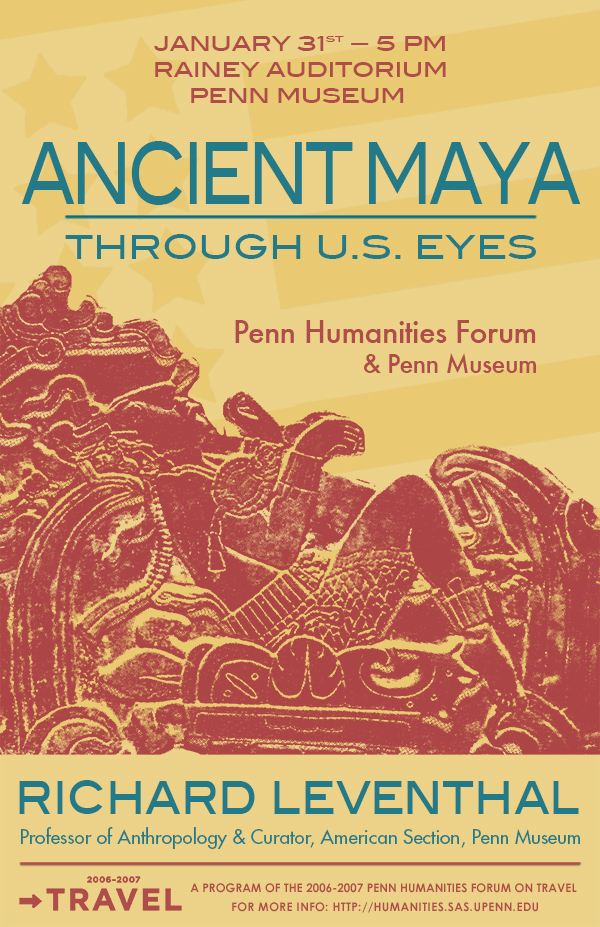In the mid-nineteenth century, ancient Maya civilization was first presented to the Western World in the travel books of John L. Stephens, who wrote about his exploits while traveling with the artist Frederick Catherwood in Central America.
From this early ‘discovery’ to today, the ancient Maya civilization has remained more closely linked to United States culture than to that of Mexico. Explorers, archaeologists, researchers, and epigraphers of the ancient Maya world have continued to be mostly from the United States. This contrasts with Mexican archaeologists, scholars, and even politicians who for the most part have focused on the study and illumination of the ancient Aztec culture—one that had occupied the area of current Mexico City before the arrival of the Spanish in the 16th century.
Penn archaeologist Richard Leventhal examines the revealing connection between Maya culture and that of the U.S. travelers who discovered and interpreted it. He also discusses the changing nature of future Maya studies.
Professor of Anthropology
Curator, American Section, Penn Museum



